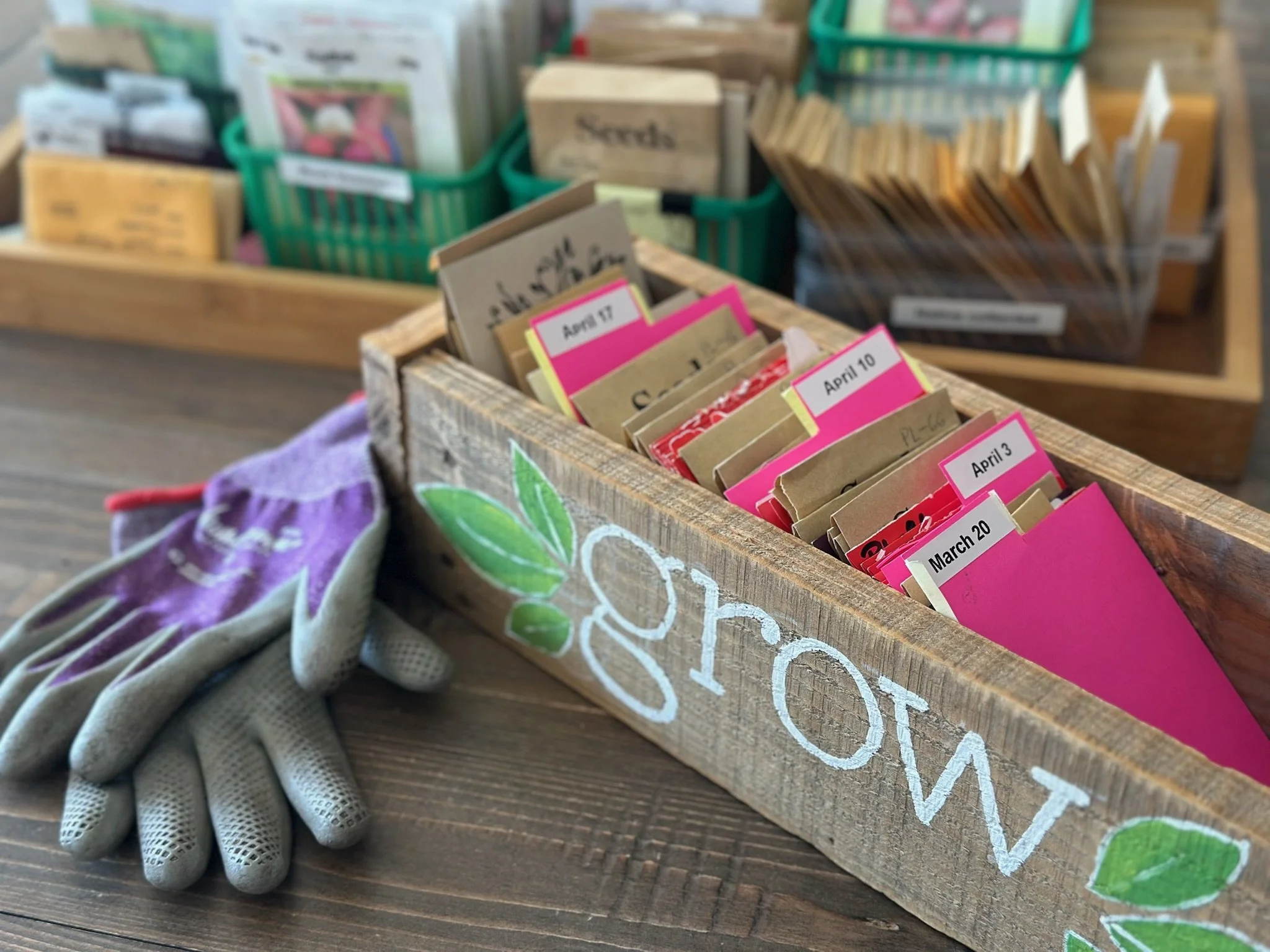How To Direct Sow
Choosing the Time: The best times for direct sowing native seeds is early spring or late fall. This depends on your location and the plants you will be sowing.
Site Selection and Planning: Knowing where exactly you want these plants to go is important because it is hard to make changes after all the steps are complete. Make sure to think ahead and choose plants that will do well in this location (sun, water, soil, size). Plan the layout ahead of time so you don’t make any mistakes that will affect the health of your plants.
Plant Selection: Selecting your plants is one of the first decisions you need to make for direct sowing. You can read more above on plant selection. Your plants should be selected based off of your growing conditions. Planting a plant that requires full sun in a shady location will almost guarantee the failure of this plant.
Prepare the Site: Clear and weeds from the area you are planning to use. You can lightly till the top layer of soil and make it soft so the seedlings will have an easier time spreading roots.
Sow the Seeds: After working out the location, timing, and plant types, you are ready to sow the seeds. Each plant type requires slightly different planting depths and spacing. Make sure to read the seed package or do a quick search online to get a good idea of how to properly plant the seeds you have. In our Sow The Seeds section we go over the general rule of thumb for planting. Most seeds should be covered with soil to a depth equal to the thickness of the seed. If the seeds are very small they are often surface sown. Most seed packages will tell you if they need light to germinate.
Water: After you are finished planting the seeds you can gently water the area. You want to make sure not to wash away any of the seeds. If you are direct sowing in early spring you should keep the area moist until the seedlings are established. If direct sowing in late fall the seeds will spend the winter dormant and begin to germinate when the conditions are right. Snow will most likely cover the seeds and will keep them moist. When the weather warms up make sure to water as necessary.
Maintenance: As your plants grow you should keep a close eye on them and keep the area clear of weeds that can out compete. If you notice that the seedlings are becoming overcrowded you can thin some of them out. Native plants need to be watered regularly for the first two years until they are established. This is including plants that are drought tolerant as they need deep enough roots before they can survive droughts.


